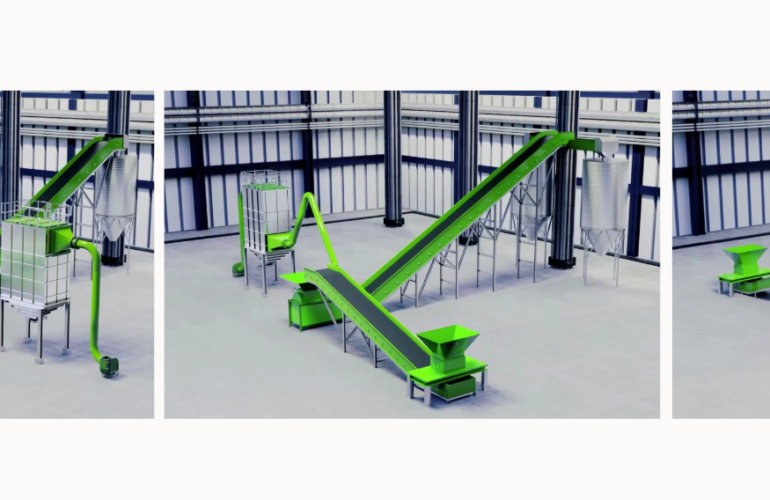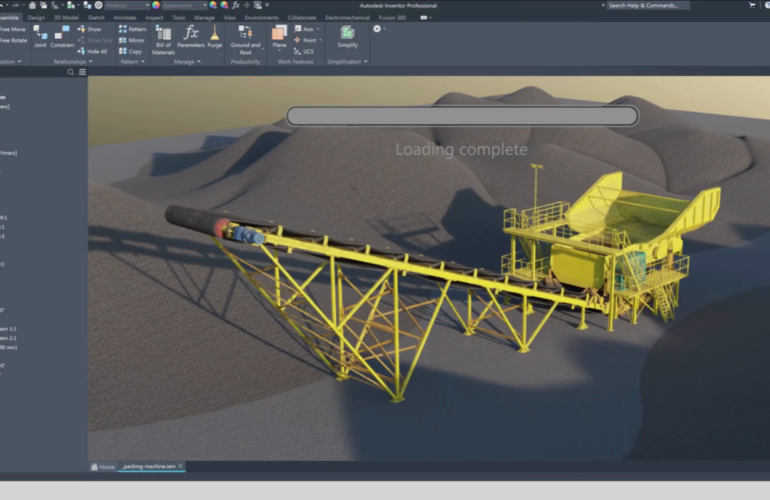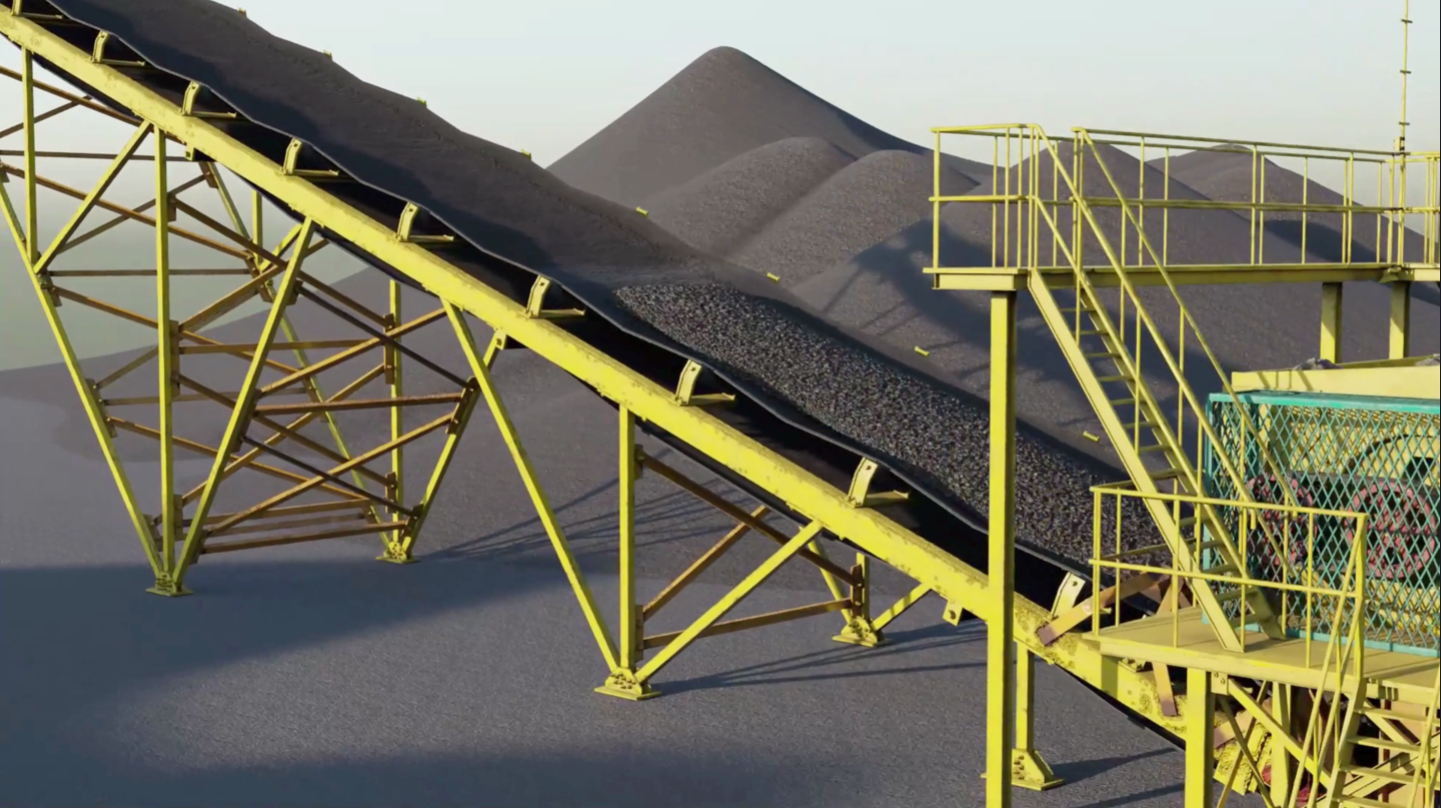Efficiency Amplified: Navigating the Future of Machinery Manufacturing through Modularization
After discussing the crucial role of standardization in enhancing efficiency in machinery manufacturing, we now shift our focus to another essential strategy: modularization. This article explores the synergy between standardization and modularization, examining how these approaches collaboratively contribute to advancing operational excellence in the machinery manufacturing landscape.
The Power of Modularization
Modularization is the breakdown of a system into self-contained modules, offering a flexible and scalable approach to increase efficiency. Building on the foundation set by standardization, modularization introduces a new dimension to the pursuit of streamlined and adaptable processes. It significantly impacts the design and development phase, where standardized, interchangeable modules become building blocks, accelerating the process and fostering an agile environment.
This method is especially beneficial in industries such as dairy and food manufacturing, where machinery systems can be quite complex and demanding to manage.
For manufacturers dealing with complex machinery systems, modularization simplifies the detailed components by breaking them down into manageable and standardized units. These modules provide an organized approach to constructing complex machinery, simplifying assembly in multifaceted production lines.
Standardized and interchangeable modules, acting as foundational building blocks, speed up the design process. Designers and engineers can quickly create new configurations using pre-existing modules, reducing design time and fostering agility.
Adaptability and Customization and the synergy with Standardization
Embracing modularization in machinery design requires an open-minded approach. While based on standardized units, modularization is adaptable and dynamic, allowing for customization within a modular framework. This adaptability is crucial in industries dealing with bespoke products, such as customized dairy processing plants or specialized conveyor systems, products that our team has plenty of experience.
The synergy between standardized modules and an accelerated design process leads to faster product realization, crucial for companies dealing with extensive and complex machinery. This synergy enables quicker production cycles, meeting market demands promptly and facilitating easy scalability, especially for sectors as industrial equipment production, semiconductor manufacturing, and renewable energy equipment.
Modularization extends its efficiency to the production floor, optimizing manufacturing lines through independent production of modules. This approach enables parallel processes, minimizing bottlenecks and enhancing overall productivity.
Modularization, in synergy with standardization as mentioned previously, is a game-changer in machinery manufacturing, offering efficiency, adaptability, and innovation. At Scandinavian Digital, we combine various methodologies developed by our experts with some of the market strategies to find the best-fit solutions for our clients’ unique challenges. Recognizing the distinct nature of each product, we pride ourselves on our adaptability, seamlessly implementing modularization techniques.
This flexibility allows us to tailor our approach, ensuring that our solutions precisely match the diverse needs of our clients while optimizing efficiency and innovation in every project we undertake. Our motto, “We do not deliver projects we deliver value”, reflects our commitment to crafting bespoke solutions that align with our clients’ necessities and goals. For a DEMO of our methods or to learn more about modularization, please contact us.






















